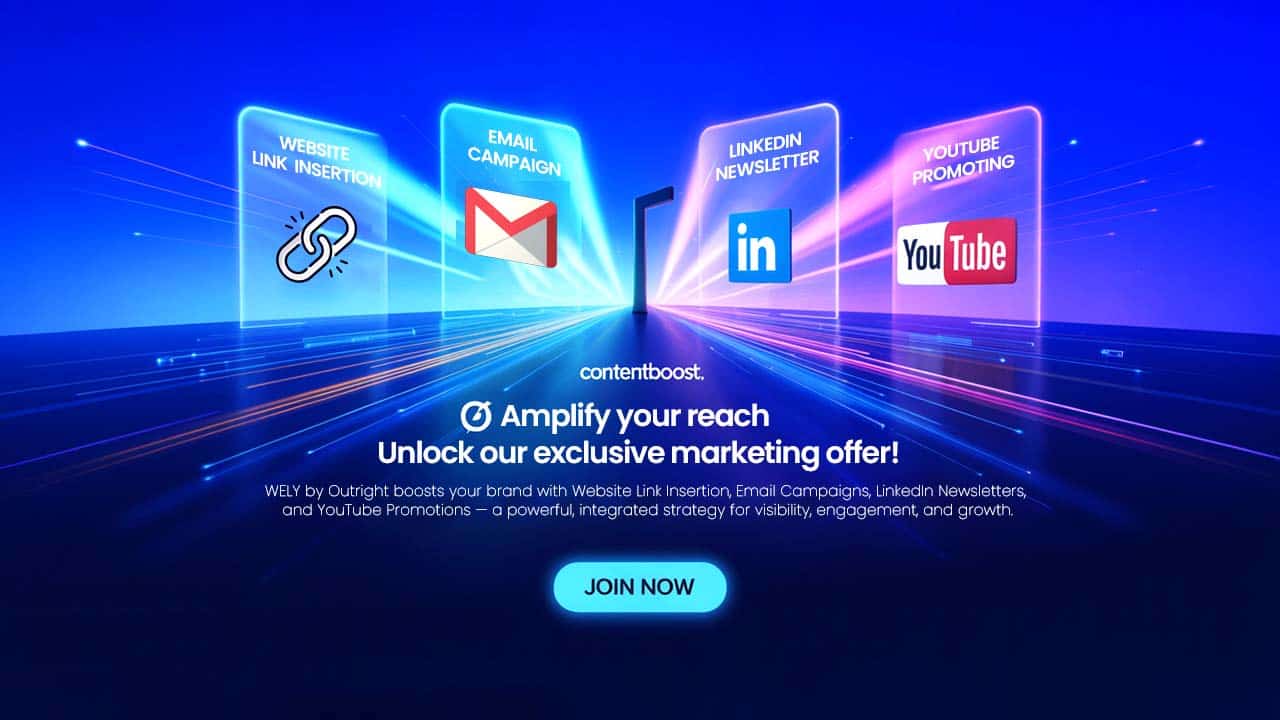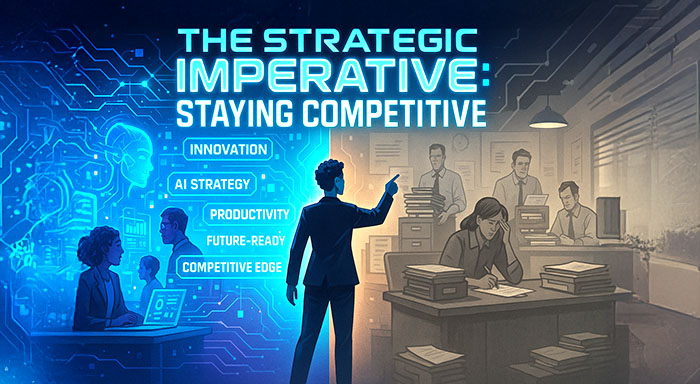The fast-paced economic world led to a significant shift in infrastructure demands and community needs. Businesses are often seeking innovative ways to present their unique ideas that meet specific end-user
The fast-paced economic world led to a significant shift in infrastructure demands and community needs. Businesses are often seeking innovative ways to present their unique ideas that meet specific end-user requirements. Traditional procurement refers to a manual and paper-based process where the government release tenders and private sectors complete them. The manual process usually takes more time and is prone to potential errors with lengthy negotiations and limited visibility. This is where market-led proposals come into play, allowing businesses to offer innovative solutions directly to the government based on user and market demands.
Essentially, MLP refers to an initiative where private sectors identify necessary requirements and innovative solutions and process proposals to the government. These proposals can be a public infrastructure, service delivery, goods purchase, and more essential public needs. This has become one of the significant methods that has gained significant traction worldwide. In this blog, you will learn everything about market-led proposals, how they work, and why they are becoming popular globally.
What Exactly Market Led proposals are
Market led proposals, also abbreviated as unsolicited proposals, are the process that connects private sector and government to deliver infrastructure and services efficiently. Unlike conventional procurement practices where either government release tenders (RFPs) for specific requirements or directly commissions projects through public agencies. These sophisticated proposal policies usually emerge from private sector innovation and initiatives tailored to provide sustainable benefits Northern territory, especially Australia.
Meanwhile, the Government considers only proposals that meet the Market led proposal policy criteria and fund private companies to complete delivery. Therefore, the process creates opportunities to offer real value, leading to sustainable growth, and fostering innovative good ideas. For example, the tech-agriculture industry released a proposal for smart irrigations systems using IoT sensors for efficient crop monitoring. This includes installing moisture sensors, mobile accessibility, and satellite tracking—even though the government has not officially released such a project.
Why is it Important?
- Cutting-edge Technology Adoption: This enables advanced technologies integration like digital infrastructure, renewable energy, and smart city solutions than conventional tender processes.
- Accelerated Process: MLP saves you time by eliminating manual processes, reducing the lengthy procurement process, and ensuring timely project delivery.
- Efficient Collaboration and Relationship: These proposals enable private organizations and government to work together on a shared risk model that fulfills industry demands and community needs.
- Identify Unpredictable Market Changes: Before the government releases their project, MLP enables businesses to address market gaps and instantly convert them to actionable projects.
Additionally, various AI-driven business intelligence tools like AI Insights DualMedia help businesses leverage data insights to tailor proposals based on changing market demands.
Global Adoption of Market Led Proposals
This innovative approach focuses on innovation, accelerates project delivery lifecycle, and reduces risk of errors caused by manual processing. This versatile nature encourages various countries to adopt MLPs, implement policies, and manage conventional processes effectively. Here are some common examples indicating widespread adoption:
- Australia: The Western Australian government utilize market led proposals guidelines to simplify submission and evaluation of different proposals.
- New Zealand: In 2024, New Zeeland treasury updates their MLP policy to empower private sector innovation and investment opportunities based on shifting market needs.
- United Kingdom: Various industries in United Kingdom territory are implementing MLP guidelines to streamlined public private collaborations in public projects, especially in transport industry.
Understand the Procedure of MLP
By implementing market led proposal policy, businesses can submit their unique innovation ideas to the government directly. They provide a simple, transparent, and cohesive process with a few essential stages. Here are the following:
- Initial Submission:
Proponents first need to submit a concept proposal template form which requires you to fill in necessary details about your proposal and how it meets the eligibility criteria. This is the phase where private agencies can put their innovative ideas, public infrastructure benefits, and specific territory needs.
- Assessment Phase:
Once done, the MLP goes under an evaluation to check whether it is designed to meet the MLP assessment policy or not. Then official evaluators verify the proposals against designated criteria, like innovation, value for money, and potential public benefits. If the proposal passes the assessment, it will be processed for further evaluation and if not, it will be rejected.
- Development Phase:
After successful evaluation in stage 1, proposals are referred to stage 2 to start the development phase with a proponent. The government aims to deliver a timely and collaborative result within approx. 90 days, ensuring the results meet both agency and territory requirements.
- Final Review and Feedback:
A final decision is crucial for accepting the proposal and further improvement after completing stage 2. The MLP review committee determines the authenticity and uniqueness of MLP policy and provides feedback to cabinet members. The legitimate members are designated to evaluate the proposal at every stage of the procedure.
Case Study: Real World Examples of Successful MLPs

- One of the best practical examples of successful market led proposal is the West Gate Tunnel Project, proposed by Transurban in Victoria, Australia. The project is about streamlining congestion and enhancing transport connectivity in Melbourne, aiming to reduce travel time and air quality.
- Many technology-powered MLPs like smart city proposals initiative in Queensland to facilitate urban mobility, smart lighting, and IoT sensor integration solutions. Similarly, New Zealand territory releases renewable energy project tender through MLP framework to install solar forms and automatic water management.
Final Words
Market-led proposals have become a robust strategy for private sectors to promote innovation, foster healthy relationships, and solve emerging market requirements. These proposals are designed for projects that have minimal cost, minimal risks, and can be funded by private companies. Additionally, these MLPs policy plays a significant role in establishing a public-private relationship, especially when government faces financial issues and user expectations are rising. Regular updates, evaluation processes, and cohesive policy framework are crucial for ensuring the success of these initiatives. Irrespective of whether you are a business owner, public architecture developer, or tech innovator, understanding and leveraging MLP—market led proposals increase the potential job opportunities and transform both public and private landscape.
Respond to this article with emojis






